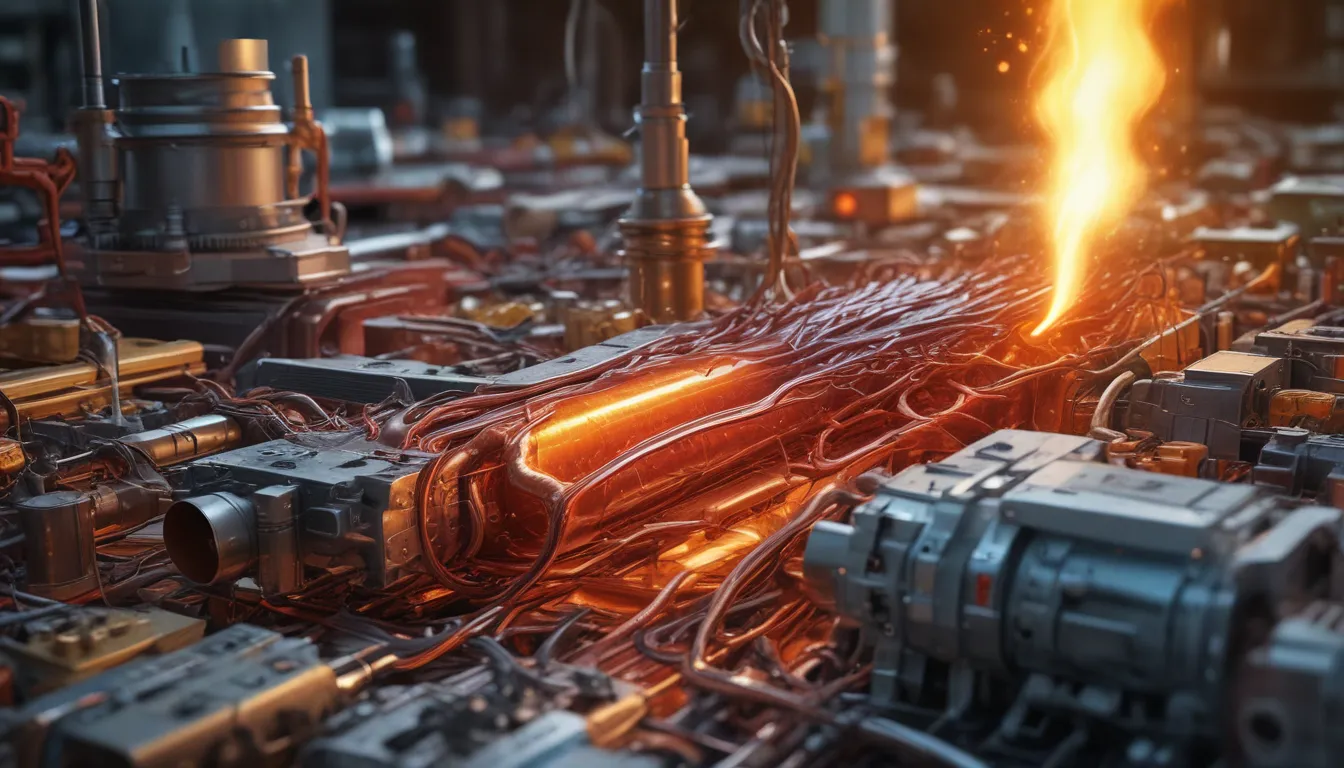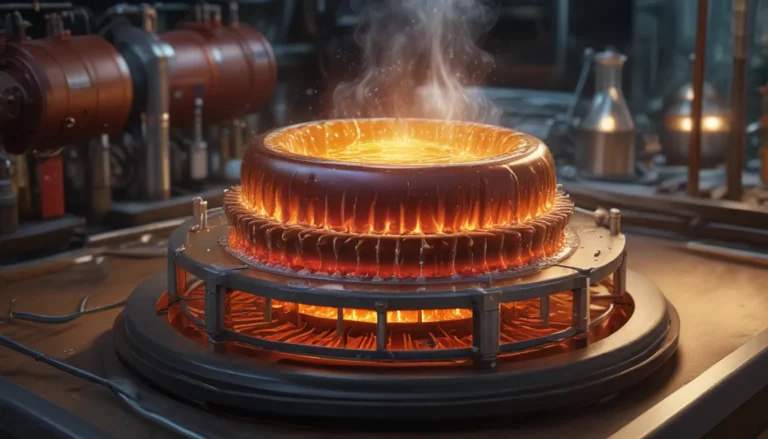A Note About Images: The images used in our articles are for illustration purposes only and may not exactly match the content. They are meant to engage readers, but the text should be relied upon for accurate information.
Thermopiles, these astonishing devices that convert heat into electricity, have changed the way we harness and use energy. With applications ranging from space probes to everyday electronics, thermopiles have become an integral part of our modern world. In this detailed guide, we will explore the world of thermopiles and uncover sixteen astounding facts that will leave you in awe of their capabilities. Whether you’re a science enthusiast or simply curious about the wonders of technology, get ready to be amazed by the incredible feats and possibilities that thermopiles offer.
The Marvel of Thermopiles: An Overview
Thermopiles are devices that utilize the Seebeck effect to convert heat energy directly into electrical energy. Operating on the principle of multiple thermocouples connected in series or parallel, thermopiles generate small electrical voltages proportional to the temperature difference between hot and cold junctions.
The Evolution of Thermopiles: From Past to Present
- Fascinating History: Thermopiles have a rich history and are constantly evolving. From their discovery to their modern-day applications, thermopiles have come a long way in terms of efficiency and versatility.
- Powerful Applications: Thermopiles find application in temperature measurement, power generation in space probes, gas flame detection, and even infrared sensing in thermal imaging devices. They are like magic energy converters with a wide range of uses.
The Astonishing Capabilities of Thermopiles
- Efficiency and Accuracy: Known for their high efficiency and accuracy in converting heat to electricity, thermopiles are ideal for various industries and scientific research.
- Miniature Marvels: Technological advancements have led to the development of miniature thermopiles used in infrared thermometers and energy harvesters.
- Space Exploration: Thermopiles play a crucial role in space exploration, generating electrical power from the heat produced by radioactive decay and ensuring reliable energy sources in remote locations.
- Alternative Energy Source: Thermopiles can harness waste heat from industrial processes or body heat to generate electricity, making them a viable alternative energy source.
- Gas Flame Detection: Widely used in gas appliances for flame detection, thermopiles ensure safety by detecting ignition or extinguishment of gas flames.
- Automotive Industry: Thermopiles are used in exhaust gas temperature sensors in the automotive industry, enabling efficient engine management and emission control.
The Future of Thermopiles: Advancements and Innovations
- Nanotechnology: Development of nano-sized thermopiles with enhanced sensitivity has paved the way for integrating them into various electronic devices.
- Medical Applications: In the medical field, thermopiles are used for temperature monitoring in incubators, laser thermotherapy, and non-contact temperature measurement.
- Infrared Sensing: Commonly found in thermal imaging devices, thermopiles capture infrared radiation for applications in night vision, surveillance, and scientific research.
- Efficiency Enhancements: Ongoing research aims to enhance thermopile efficiency through advanced materials and design optimization, driving progress in energy harvesting technologies.
Conclusion: Harnessing the Power of Thermopiles
Thermopiles are revolutionizing various industries, from space exploration to renewable energy. With their ability to convert thermal energy into electrical power efficiently, thermopiles offer a sustainable and versatile solution for powering diverse applications. As technology advances, we can anticipate more remarkable breakthroughs in thermopile technology, reshaping the landscape of energy generation and utilization.
FAQs on Thermopiles:
- What are thermopiles? Thermopiles are devices that convert heat energy into electrical energy using the Seebeck effect.
- How do thermopiles work? By utilizing temperature differences between two points, thermopiles generate electricity through multiple thermocouples connected in series.
- Where are thermopiles used? Thermopiles find applications in temperature measurement, power generation, and thermal imaging devices.
- What is the Seebeck effect? The Seebeck effect is a phenomenon where a temperature gradient across a conductor leads to a voltage difference.
- How efficient are thermopiles? While efficiency varies, modern thermopiles can achieve efficiencies of up to 10-15% based on materials and temperature differentials.
- Are thermopiles environmentally friendly? Yes, thermopiles are considered environmentally friendly as they can convert waste heat into usable energy, reducing energy waste and carbon emissions.
- Can thermopiles be used in space exploration? Absolutely! Their reliability and durability make thermopiles ideal for powering space probes and satellites where solar panels are not viable.
- Can thermopiles charge electronic devices? Yes, thermopiles can charge electronic devices, providing a sustainable and portable power source for small devices.
- Can thermopiles generate electricity from any heat source? Thermopiles can generate electricity from various heat sources, including waste heat, geothermal energy, and body heat.
- Are thermopiles expensive? The cost of thermopiles varies based on size, materials, and application. Advancements in technology are making them more affordable and accessible.
With thermopiles at the forefront of energy conversion and utilization, there’s a world of innovation and discovery waiting to be explored. Embrace the wonders of science and technology as we unveil the endless possibilities that thermopiles offer in shaping a sustainable future filled with dynamic energy solutions.






